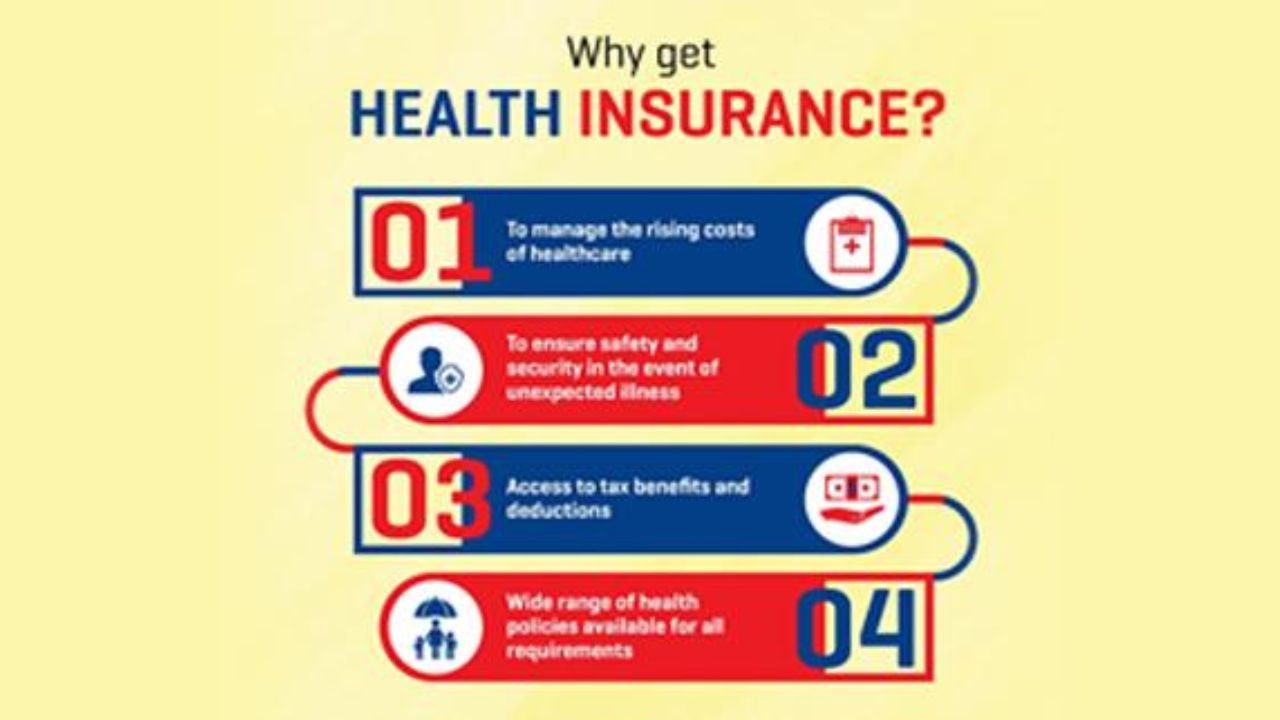Most people picture depression as a kind of quiet fog. Someone lying in bed, eyes blank, unable to move through the day. And sure, that’s part of it for some. But there’s a side of depression that doesn’t get nearly enough attention—and that’s the fire underneath. The sharp edges. The rage.
Depression doesn’t always look like sadness. Sometimes it looks like snapping at your kids over a dropped cup. Or feeling your chest tighten when your partner asks a harmless question. Or white-knuckling through your workday, annoyed at every little thing, then crying in the car without knowing why. That’s not just burnout. That’s not just irritability. For a lot of people, that’s depression wearing its angriest mask.
Where the Sadness Ends and the Frustration Begins
Psychologists have known for years that depression can express itself through anger, but it still rarely makes its way into public conversations. There’s this idea that depression is soft, passive, tear-streaked. Anger seems too active for that. Too aggressive. But mental health doesn’t work that cleanly.
In reality, unprocessed anger is often a response to deep emotional pain, especially when that pain feels unfair or never fully resolved. That can come from childhood trauma, long-term stress, grief, rejection, or simply feeling like you’re constantly falling short of your own expectations. When those feelings build up and don’t have anywhere to go, they can show up as irritability, short temper, even physical tension.
And here’s the real kicker: angry depression is more common than people think, especially in adults who feel like they have to hold everything together. It’s more likely to show up in men, but women feel it too—they just tend to be taught to internalize it. Instead of yelling, they simmer. Instead of punching walls, they shut down. But inside, the emotion is still loud.
Why It’s Hard to Admit You’re Angry When You’re Depressed
Anger gets a bad rap. It’s seen as immature, destructive, out of control. So when people feel it alongside depression, they often end up judging themselves on top of everything else. If you’ve ever thought, “I’m just being difficult,” or “I shouldn’t feel this way,” you’re not alone. There’s so much shame wrapped around anger that it rarely gets treated with the same compassion as sadness or anxiety.
Part of the problem is that angry depression often doesn’t look serious on the surface. People who lash out or get snippy aren’t the ones others typically rush to check on. Friends may back off. Partners may shut down. At work, it can get labeled as being “difficult” or “uncooperative.” Which just fuels the isolation and self-loathing already happening underneath.
And if you’ve got responsibilities—kids, a job, aging parents—it’s even harder. You’re expected to push through. To manage your emotions without letting them leak. But all that internal effort has a cost. When you’re constantly tamping down your own pain, staying emotionally balanced starts to feel like walking a tightrope during an earthquake.
The Childhood Connection That Nobody Wants to Talk About
There’s often a long, invisible thread running from current anger to early emotional wounds. A lot of adults with angry depression grew up in homes where emotions weren’t safe—where crying got you yelled at, or anger was either explosive or completely forbidden. So those feelings got stuffed way down, only to resurface later in less-than-healthy ways.
Sometimes that looks like yelling at a spouse over something small. Other times, it’s feeling pure rage during therapy when you try to talk about your past. And then there are moments when it all turns inward. That’s when anger becomes self-loathing, perfectionism, or that relentless inner voice saying you’re not doing enough. It’s exhausting. And until you dig into where it started, it’s hard to break the cycle.
This is where a residential trauma treatment center can be life-changing. When depression is fueled by layers of anger and early emotional neglect, it takes more than a weekly therapy session to untangle it. These centers create a space where you can safely explore the source of that rage—without judgment, without rushing, and without the constant distractions of daily life. It’s not about becoming someone new. It’s about finally having the space to feel what you’ve been carrying all this time—and learning how to live without it driving every reaction.
Anger as a Compass, Not a Character Flaw
Here’s the part people need to hear more: anger isn’t the enemy. It’s not the thing you have to fix or bury or feel ashamed of. It’s a signal. It tells you something isn’t right, that something hurts, that something inside you needs attention. It only becomes a problem when it’s ignored, shoved down, or weaponized.
If you start to see anger as a signpost instead of a failing, you can begin to understand what your depression is really asking for. Sometimes it’s boundaries. Sometimes it’s rest. Sometimes it’s finally allowing yourself to grieve something you’ve kept buried for years.
There’s also power in speaking the truth out loud. Saying, “I think my depression comes out as anger” can open doors in therapy that sadness never quite unlocked. It gives language to the silence. It gives context to the chaos.
You Can Learn a New Way to Live
There’s nothing weak or shameful about having a mental health issue that doesn’t follow the textbook. Angry depression might not fit the stereotypes, but it’s just as real—and just as valid—as the quieter kind. You’re not broken. You’re not a bad person. You’re not impossible to live with or love. You’re just in pain, and it’s coming out loud.
Getting help doesn’t mean you’re failing. It means you’ve finally decided to stop fighting yourself. Whether it’s through therapy, medication, support groups, or stepping into a deeper healing environment like a treatment center, there are paths forward. But it starts with naming what’s actually going on.
What Happens Next Is Yours to Decide
You don’t have to keep white-knuckling it through your days. If your depression feels more like rage than tears, it’s still depression. And it still deserves care. The next time you feel yourself about to explode over something small, stop and ask: what’s really going on underneath this? That question alone might be your first step toward a very different future.



